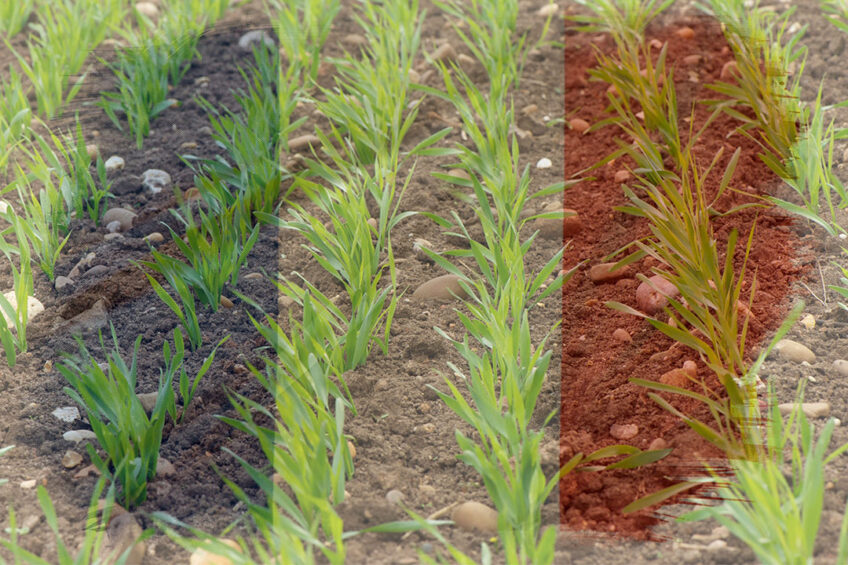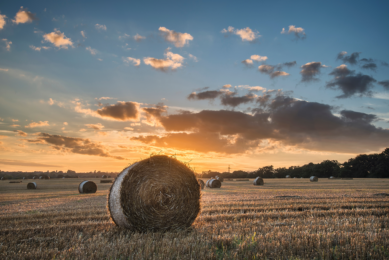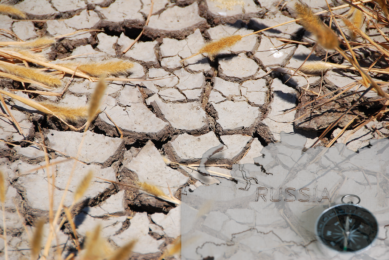Spring drilling boost French grain areas

After the serious problems many French farmers have encountered with drilling during the wet and cold autumn months, often delaying or even impeding work on their land, sowing of spring crops has led to a more positive overall picture.
A big winner is grain maize which this season is sown on 1.36 million hectares, 10.5% more than in 2023 with an increase in every region where this crop is grown, according to the latest estimates of the agricultural information and statistics office Agreste.
French farmers also grow some 1.26 million hectares of forage maize, an area that is more or less stable y-o-y but 3.5% smaller than the 5 year average. In the year 2020, France still grew 1.65 million hectares of grain maize and 1.36 million hectare of forage maize, Agreste figures show.
Especially important for barley
Spring drilling has been especially important for barley with an area of 502,000 hectares which is 12.2% larger than a year before. The winter crop area was 5.8% smaller at almost 1.29 million hectares but adding the spring crops means the total barley area decreased by just 1.4% to 1.79 million hectares.
Minimal drilling for wheat
For wheat, spring drilling was only minimal with 20,000 hectares, an increase of 5.0%, which led to a total area of soft wheat of 4,4 million hectares, still 7,5% less than last year.
Soya
The French area of soja this year is 5.5% smaller than last season at just 149,000 hectares. That area of soja is also 11.8% lower than the average over the previous 5 seasons, confirming a long lasting trend.
Switching to the more profitable sunflowers
Over the last few years, some French farmers have switched to sunflowers, which lately offer higher profits. The total sunflower area this year is estimated at a historical high of 823,000 hectare, some 220,000 more than 5 years ago.
Triticale, the largest of the smaller grain crops in the country, this season covers 298,000 hectares, 8.6% less than in the previous 2023 season and 5.2% lower than the 5 year average.
To make the picture complete: oats only takes 79,000 hectares, rye 36,000 hectares.
Final figures could show a different picture
However, final harvest and production figures later this year might show a different picture since France recently has been plagued once more by heavy and persistent rain, especially in the important grain regions in the very north of the country. Many parcels in the Pas de Calais and neighbouring departments have been flooded for the umpteenth time. Water problems have also been reported from the Gironde area around Bordeaux and from the northwest in the environment of Reims.












